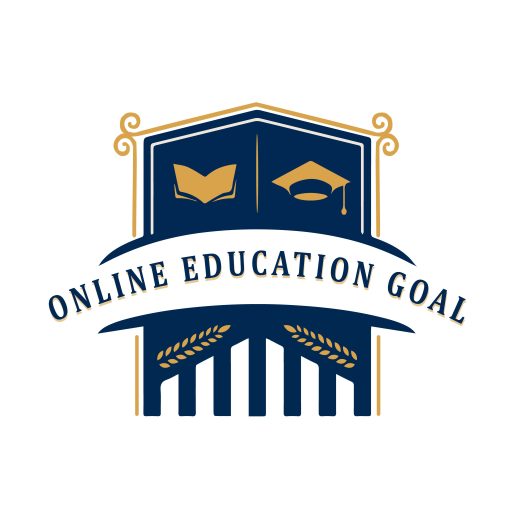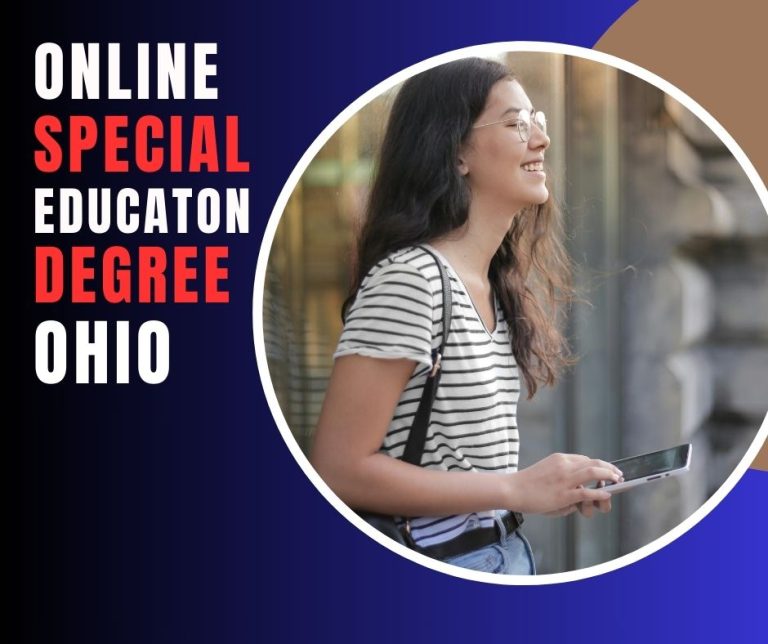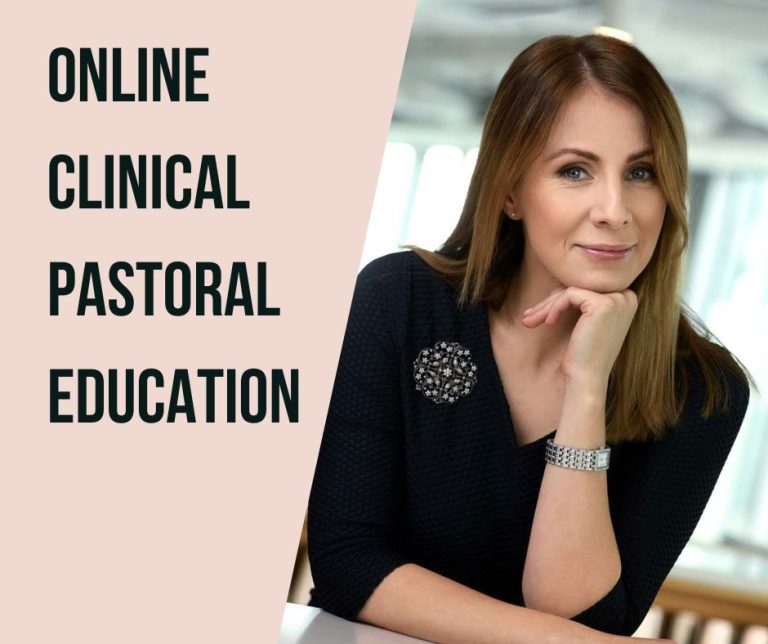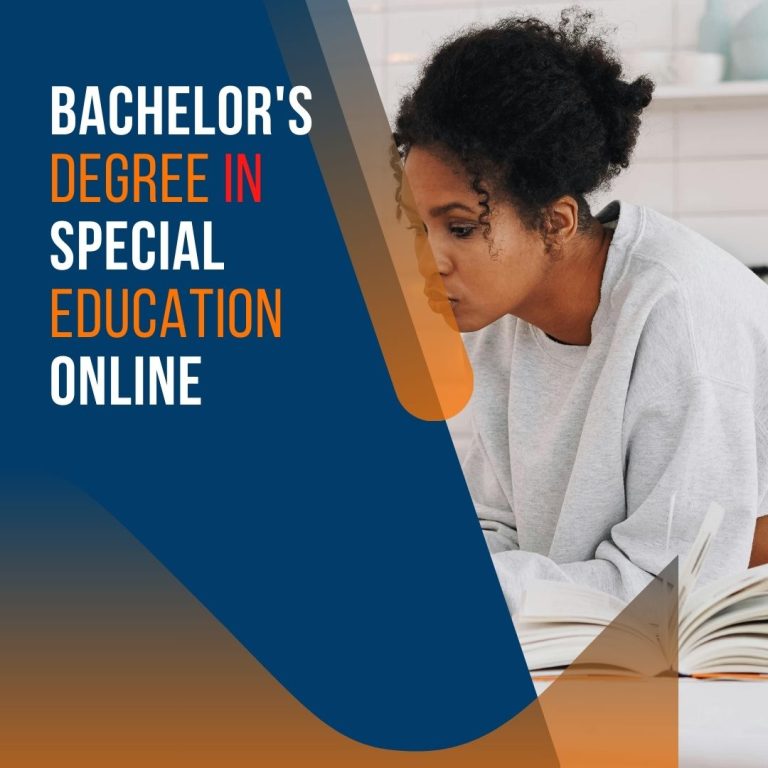Assessment in Higher Education for Better Success
Assessment in higher education evaluates student learning and development. It determines the effectiveness of academic programs and teaching methods.
Constructing a solid framework for assessment in higher education is critical. Educational institutions rely on various assessment methods to ensure students meet learning objectives and gain the necessary skills for their future careers. Professors and academic professionals design these assessments to align with the curriculum and often include examinations, portfolios, presentations, and peer reviews.
A thoughtful approach to assessment drives improvements in teaching strategies and course design, as well as providing transparent benchmarks for student achievement. Effective assessment helps educators identify areas where students struggle and excel, creating opportunities for targeted feedback and personalized learning experiences. For students, it also offers a clear understanding of their academic progress and areas requiring additional effort or support.
The Significance Of Assessment In Higher Education
Assessment in higher education shines as a fundamental process.
It holds a mirror up to the educational journey, reflecting its successes and areas needing improvement.
Effective assessment crafts a road map for both students and educators,
guiding them towards educational excellence. Let’s delve into how assessment shapes
the college experience and its critical role in cultivating an environment of growth and achievement.
Key Purposes Behind Assessing Students
- Measuring Knowledge: Tests pinpoint what students know.
- Guiding Instruction: Feedback shapes future lessons.
- Setting Benchmarks: Exams mark educational progress.
- Promoting Self-Reflection: Assessment encourages personal growth.
- Certifying Proficiency: Grading ensures standards are met.
Impact On Learning Outcomes
Assessments have a direct influence on learning results.
They act as a catalyst for continuous improvement in teaching strategies.
Well-designed assessments align with course objectives,
driving students towards desired outcomes. Here’s how they make a difference:
| Assessment Type | Role in Learning |
|---|---|
| Formative | Shapes ongoing learning |
| Summative | Measures overall achievement |
| Diagnostic | Identifies knowledge gaps early |
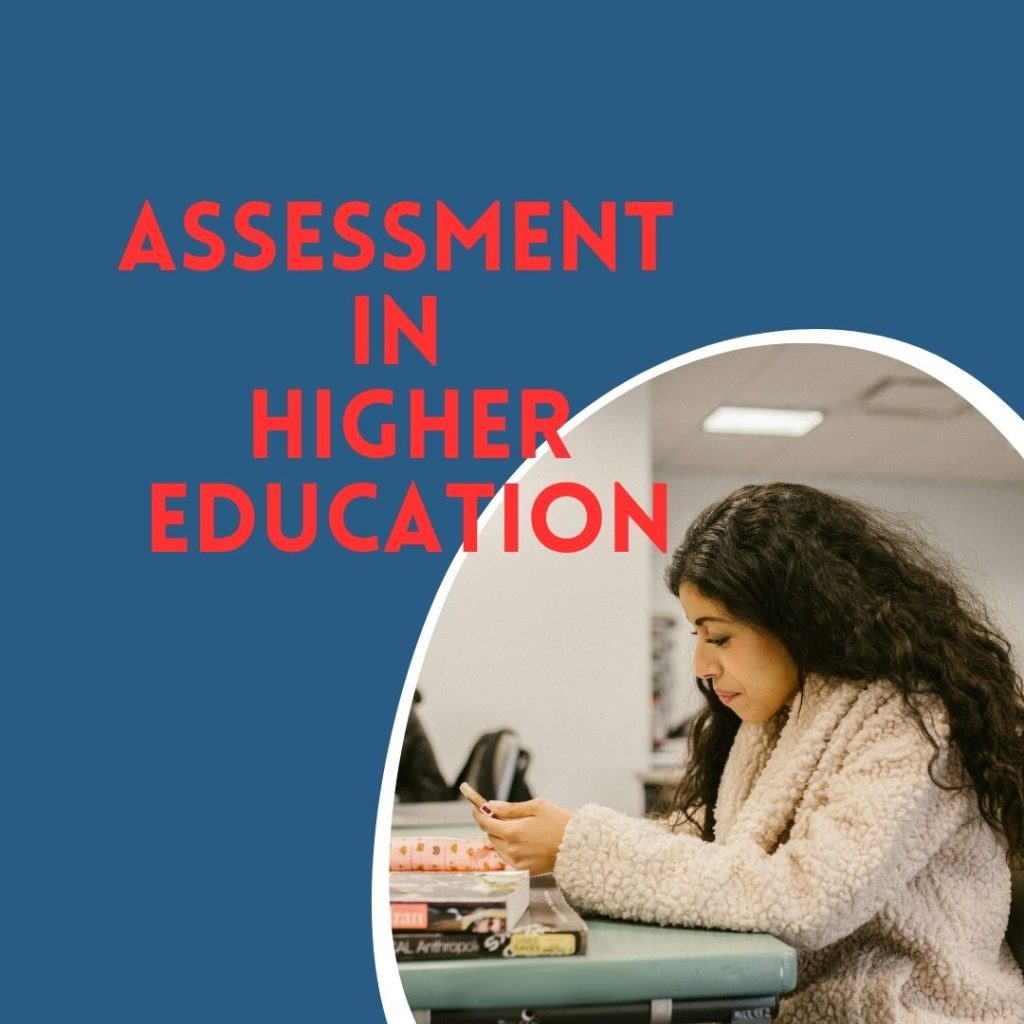
Different Forms Of Assessment Used In Universities
Universities employ various assessment methods to measure student success and knowledge. These strategies test different skills. They ensure a comprehensive evaluation. Each has unique benefits. They cater to diverse learning styles. Let’s delve into some commonly used forms.
Traditional Examinations
- Timed tests focus on memory and speed.
- They usually happen at term ends.
- Multiple-choice and essay questions are common formats.
- Exams help students review and recap the entire course.
Continuous Coursework Evaluation
Coursework evaluation breaks down learning into smaller, manageable tasks. These are spread over the semester. Tasks include:
- Habitual homework assignments.
- Term papers that demand research and writing skills.
- Presentations that build public speaking abilities.
Peer Assessments And Group Work
| Activity | Skills Developed |
|---|---|
| Group projects | Teamwork, communication |
| Peer reviews | Critical thinking, feedback |
Portfolio Reviews
Portfolios showcase a student’s work over time. They represent growth and learning. Creative fields often use portfolios. They include:
- Art pieces for fine art students.
- Writing samples for literature students.
- Design projects for architecture students.
Balancing Formative And Summative Assessments
Balancing Formative and Summative Assessments is key in higher education. It helps teachers understand students’ progress. It guides students on their learning journey. Getting this balance right is crucial. It ensures a well-rounded educational experience.
Distinguishing Between The Two
Formative assessments focus on learning. These are checks during the learning process. Summative assessments judge learning at the end. They are like a final test.
| Formative | Summative |
|---|---|
| Regular feedback | End-term exams |
| Guides teaching | Grades performance |
| Includes quizzes | Has final projects |
Integrating Both For Holistic Evaluation
A balanced approach includes both. Teachers use formative tasks to give feedback. Summative tasks gauge overall achievement.
- Use quizzes to prepare for big exams.
- Feedback on essays helps improve writing.
- Projects show student understanding.
Instructors plan lessons with both in mind. This makes learning effective. Students are better prepared. They understand content deeply.
Challenges In Crafting Effective Assessments
Designing assessments in higher education holds the key to measuring student knowledge accurately. The challenge lies in creating fair, inclusive, and unbiased tools. Let’s dive into these issues and explore solutions.
Issues Of Bias And Fairness
Educators face hurdles in eliminating bias from assessment questions. Test items often reflect a creator’s own perspectives. This introduces unfair advantages for some students over others.
- Bias in language usage
- Cultural references impacting understanding
- Inequalities in question relevance for all backgrounds
Strategies like peer review of tests and anonymous grading can counter bias. An effective approach requires diversity in test creation teams.
Accommodating Diverse Learning Styles
Diversity in learner styles demands flexible assessment methods. A one-size-fits-all test doesn’t serve the educational landscape well. Educators must recognize and adapt to individual needs.
| Learning Style | Assessment Method |
|---|---|
| Visual | Graphical analysis |
| Auditory | Oral presentations |
| Kinesthetic | Hands-on projects |
| Read/Write | Essays and reports |
Blending different types of assessments ensures all students can show their strengths. Professional development in understanding different learning styles is a step toward inclusive education.
Role Of Feedback In Student Development
The journey through higher education is not just about absorbing information. Feedback is the unseen guide that helps students navigate their academic path. Providing effective feedback in higher education is critical. It shapes a student’s learning process and overall development. This is more than just a grade on a paper. It is a conversation that fosters growth and excellence.
Effective Feedback Strategies
Quality feedback is a powerful tool for student growth. It should be:
- Clear: Simple words make big ideas easier to grasp.
- Specific: Tailor comments to student work for deeper insight.
- Positive: Encourage with praise to highlight what’s right.
- Constructive: Frame suggestions in a helpful, not hurtful way.
| Do’s | Don’ts |
|---|---|
| Focus on key areas for improvement. | Overwhelm with too much feedback. |
| Link feedback to learning goals. | Detach comments from course objectives. |
Feedback Timing And Student Engagement
When feedback comes at the right time, it can spark a student’s interest and commitment. Immediate feedback can quickly correct misunderstandings. Regular feedback keeps students on track and motivated. Here’s how timing matters:
- During Task: Offers real-time adjustments and learning.
- After Task: Reflects on the entire process and outcomes.
- Before Exams: Equips students with confidence and clarity.
Balance is key. Too much can overwhelm. Too little can underwhelm. Aim for a steady stream that engages and enlightens. Feedback is education’s heartbeat, pulsing with the pace of student needs and the rhythm of academic rigor.
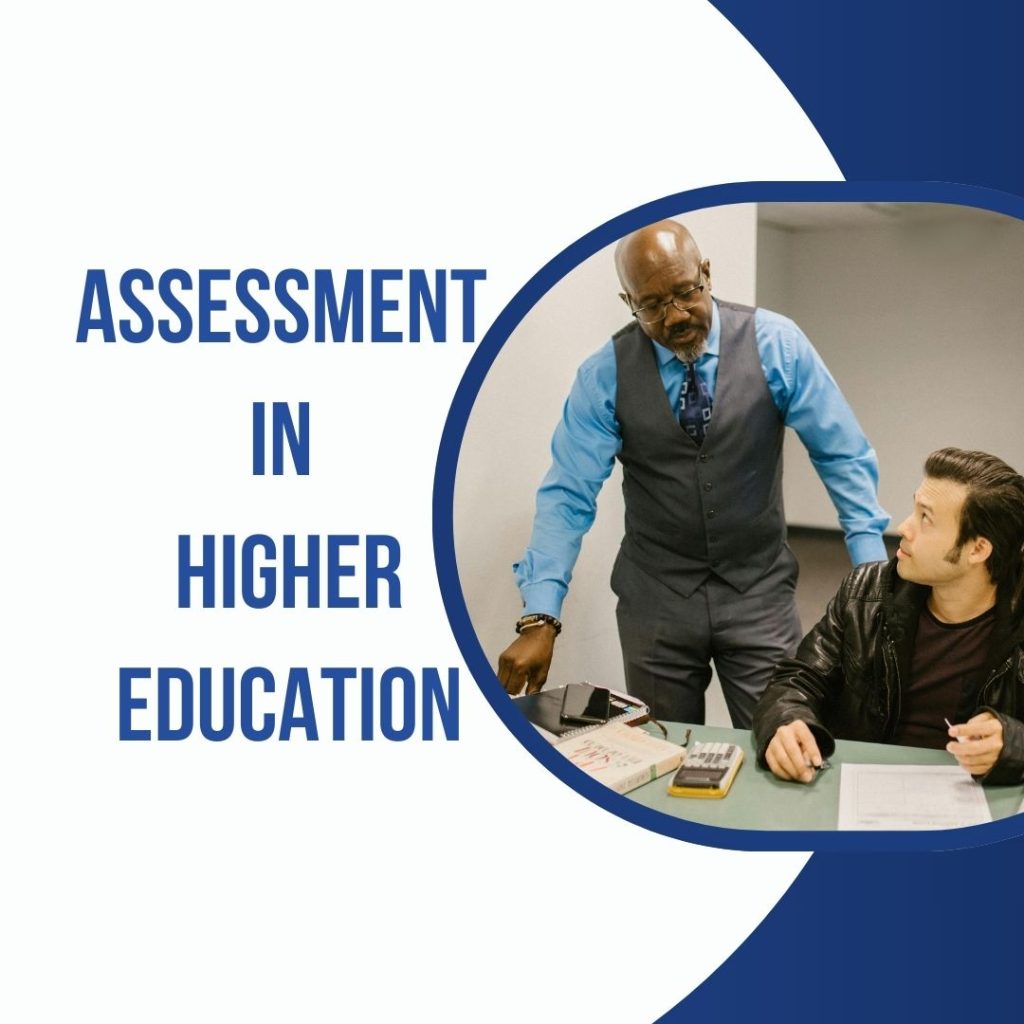
Embracing Technology In Assessment
Technology has transformed many aspects of life, including education. Assessment in higher education now frequently involves digital tools that enhance accuracy and efficiency. This shift towards technology enables educators to create more dynamic and fair assessment methods. Let’s explore the innovative ways technology is influencing assessments.
E-assessments And Online Tools
Higher education has welcomed e-assessments with open arms, offering a breadth of benefits to both students and educators.
- Instant feedback gives students a chance to improve quickly.
- Tests and quizzes are easier to manage and take less time.
- Accessible data from analytics help educators identify trends.
- Variety of formats cater to different learning styles.
Online tools, like learning management systems (LMS), provide a robust platform for delivering e-assessments. Educators can customize exams to include multimedia, interactive elements, and adaptive questioning which can make tests fairer and more engaging.
Grading Software And Plagiarism Checkers
Technology streamlines grading and ensures academic integrity. Grading software can quickly and uniformly evaluate student work. This efficiency allows educators to devote more time to student interaction and personalized feedback.
Plagiarism checkers are essential for maintaining the value of academic achievement. These tools compare submissions against vast databases, ensuring work is original. Educators can use these insights to guide students on proper citation and research techniques, fostering ethical academic practices.
Assessing Beyond Academics
When we talk about higher education, grades and exams often take the spotlight. But there’s more to a student than just their academic score. Skills that lead to success after college are gaining importance. Let’s dive into the world where soft skills and out-of-class activities count.
Soft Skills And Employability
Soft skills make students shine in the real world. Employers love candidates who work well with teams, speak clearly, and solve problems. Colleges now use new methods to see these talents in their students.
- Team Projects: These show how well students work with others.
- Presentation Assessments: Students stand up and talk to an audience to show their communication skills.
- Problem-Solving Exercises: These tests make students think on their feet.
Community Engagement And Extra-curricular Activities
Joining groups and helping the community are big parts of college life. These activities tell us a lot about a student’s character and leadership skills. Colleges measure these experiences to understand the whole student.
| Activity Type | Skills Demonstrated |
|---|---|
| Volunteering | Compassion, time management |
| Sports Teams | Teamwork, discipline |
| Art Clubs | Creativity, focus |
Each group and activity adds to a student’s growth. Colleges encourage students to join and track their participation. This helps students get ready for life after college.
Preparing Students For Lifelong Learning
The journey through higher education isn’t just about passing exams; it’s about gearing up for life. Skills learned here stay with students forever, shaping how they tackle challenges outside academia. Assessment plays a pivotal role in this process. It’s not simply testing knowledge; it’s a gateway to personal and professional growth, fostering abilities that stand the test of time.
Cultivating A Growth Mindset Through Assessment
To nurture enduring success, assessments must encourage a growth mindset. This approach transforms students’ perceptions of their abilities. With the right evaluation methods, educators can prompt learners to see effort as the path to mastery, rather than seeing ability as fixed. Crucially, this mindset prepares students for lifelong learning, equipping them to remain adaptable and resilient.
- Frame challenges as opportunities, not obstacles
- Emphasize the value of effort over innate talent
- Provide constructive criticism that highlights the potential for growth
Translating Academic Feedback Into Real-world Skills
Feedback during assessments shouldn’t feel like an endpoint. Instead, it’s the starting line for skill development. Let’s guide students to translate academic performance into tangible skills. This transition is key to success in work and life. It turns abstract concepts into a toolkit for navigating real-world scenarios.
| Academic Skill | Real-World Application |
|---|---|
| Critical thinking | Problem-solving in work situations |
| Time management | Meeting deadlines and prioritizing tasks |
| Collaboration | Teamwork and leadership in projects |
Equipped with these skills, students emerge ready to not just face, but also embrace the future.
Ensuring Equity And Accessibility In Assessments
Equity and accessibility are pillars of fair assessment in higher education. All students deserve a level playing field to showcase their abilities. Challenges arise in varied forms for different learners. Addressing these ensures that assessments truly reflect each student’s knowledge and skills.
Universal Design For Learning (UDL)
UDL removes barriers to learning. It embraces diversity in the classroom. It ensures that educational materials and activities are designed to serve all learners from the outset.
Benefits of UDL
- Flexible methods of instruction
- Variety of ways for students to express what they know
- Multiple modes of engagement to motivate learners
Support Services And Accommodations For Students With Disabilities
Inclusive assessment practices acknowledge the diversity of student needs. Students with disabilities can prove their abilities when given the right support.
Table of Accommodations
| Disability Type | Accommodations |
|---|---|
| Visual Impairments | Braille assessments, screen readers |
| Hearing Impairments | Sign language interpretation, captioning |
| Learning Disabilities | Extended time on tests, quiet spaces |
Support services adapt assessments to fit student needs. They make sure all students have an equal chance to succeed.

Global Trends And Innovations In Higher Education Assessment
Global Trends and Innovations in Higher Education Assessment are shaping the future of learning. Universities and colleges worldwide adapt to new technologies and methodologies. These changes prepare students for the demands of the modern workforce. Assessment strategies now focus on data-driven insights and personalized learning paths.
Big Data And Learning Analytics
Big Data is revolutionizing the way educators assess student performance. Learning analytics tools harness vast quantities of data. These tools uncover trends and patterns in student learning behaviors. With this data, institutions can tailor educational experiences to individual needs.
- Personalized feedback: Based on data, educators provide targeted support.
- Predictive modeling: Schools identify at-risk students early.
- Course design: Data informs curriculum adjustments to maximize learning outcomes.
Competency-based Education And Micro-credentials
Competency-Based Education (CBE) offers a flexible approach to learning where students advance based on skill mastery. Micro-Credentials validate competencies acquired through bite-sized educational offerings. These credentials are building blocks towards a full qualification.
| Features of CBE | Benefits of Micro-Credentials |
|---|---|
| Self-paced progression | Tailored skills development |
| Mastery of specific competencies | Recognized achievements |
| Real-world application | Flexible learning options |
The Future Of Assessments In Higher Education
As education advances, so does the way students are evaluated. The Future of Assessments in Higher Education is ripe for transformation. Students and educators anticipate shifts in evaluation methods to suit emerging learning environments.
Predicting The Evolution Of Evaluations
Exams and coursework are changing in exciting ways. Interactive assessments are on the rise. They provide real-time feedback for students. Portfolio-based evaluations gain traction, showcasing a student’s growth over time.
- Increased emphasis on critical thinking and problem-solving.
- Growth of peer-reviewed assignments.
- Use of adaptive learning technologies to personalize exams.
Sustaining Academic Integrity In A Digital Age
Digital tools bring challenges in maintaining honesty. Universities adopt sophisticated proctoring software to curb unethical practices.
| Method | Benefit |
|---|---|
| Biometric verification | Ensures student identity |
| Plagiarism detection tools | Checks for originality |
| Remote monitoring | Secures exam environment |
Teachers also emphasize creating a culture of honesty. They design assessments that encourage integrity.
Frequently Asked Questions Of Assessment In Higher Education
What Is The Purpose Of Assessment In Education?
Assessment in higher education serves to gauge students’ understanding, guide instructional decisions, and shape curriculum development. It’s essential for accrediting student learning and aiding their academic progress.
How Do Assessments Improve Learning Outcomes?
Through regular assessments, educators receive feedback on teaching effectiveness and student comprehension. This allows for timely interventions and adaptations that enhance learning and cater to student needs.
What Types Of Assessments Are Used In Universities?
Universities use a variety of assessments including formative (quizzes, drafts), summative (exams, final projects), and authentic assessments that mimic real-world applications.
How Can Assessments Be Made Fair And Inclusive?
Fair and inclusive assessments are achieved by considering diverse learning styles and backgrounds, providing accommodations, and offering different methods to demonstrate knowledge.
Conclusion
Assessing students in higher education is a nuanced endeavour crucial for fostering growth. It provides clear insight into the effectiveness of teaching, shaping educational development. Therefore, educators and institutions must embrace robust assessment methods to ensure student success and uphold academic integrity.
Embracing these tools will shape a brighter future for academia.
